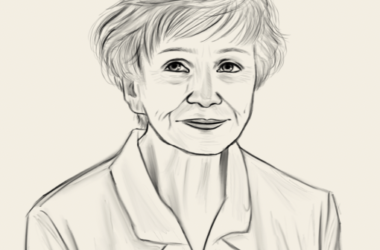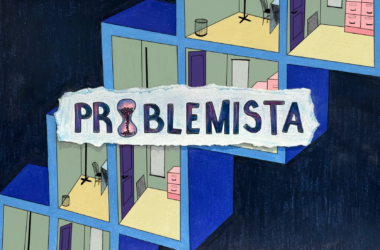Lady Bird is Greta Gerwig’s solo debut as writer and director, but the film is crafted so adeptly you’d think it was helmed by a filmmaker in her prime. Saoirse Ronan stars as Christine (Lady Bird) McPherson, a quirky senior at a Sacramento Catholic school in 2003 who identifies as living on the “wrong side of tracks.” She dreams of leaving her city, going to college in New York “where culture is,” or New Hampshire “where writers live in the woods.”
Lady Bird’s family’s financial difficulties make her hesitant to apply to an East Coast liberal arts college, and this economic stress permeates virtually all aspects of her life. Lady Bird’s enrolment at her private school rests on an academic scholarship; her family’s groceries are bought discounted from the store her brother works at; her wardrobe is comprised entirely of hand-me-downs and thrifted clothes. This pervasive sense of financial dread is captured excellently by Laurie Metcalf, who portrays Lady Bird’s mother Marion. Playing a nurse who works double shifts after her husband (the similarly outstanding Tracy Letts) is laid off and becomes oddly unmotivated, Metcalf is an early frontrunner for Best Supporting Actress. She appears to Lady Bird as uptight and hawkish, and she is. But Lady Bird seems unable to connect this to her stressful 12-hour work days and equally stressful weekends dealing with a volatile teen daughter.
Lady Bird’s romantic life is explored with nuance and sympathy. She dates Danny (Lucas Hedges), the star of the school play. The relationship ends quickly and on a particularly poor note, devastating her. She sobs to Dave Matthews Band’s “Crash Into Me” with her best friend Julie (Beanie Feldstein), but in a couple of scenes is back to her typical, single self
Gerwig does not let Lady Bird’s relationships define her, though she is honest in depicting teenagers as earnestly thinking a two-week fling is the one. Later, Lady Bird begins dating Kyle (Timothée Chalamet), a guitar-playing anarchist who reads Howard Zinn and lives in a house four times the size of Lady Bird’s. She begins hanging out with his friends, whom a less astute filmmaker would depict as bullies. Gerwig’s screenplay avoids this cliché—they seem to be kind people, inclined to socialize among themselves but genuinely happy to engage with outsiders. The increasing amount of time Lady Bird spends with this group comes at the expense of her time with Julie, and a temporary falling-out ensues. No coming-of-age movie, it seems, can avoid the fallacy of limited time—where a character must choose between two easily reconcilable interests. The subordination of practicality to drama is necessary in storytelling, but can be frustrating. Still, this choice serves as a lesson for Lady Bird and is but one step in her film-wide development.
By the movie’s end, Lady Bird realizes her ego has been obscuring her vision of those around her—recognizing that her father is afflicted with depression, that Danny suffers from his own problems, that her mother doesn’t hate her, but is naturally overwhelmed with having to keep her family afloat. This initial self-centredness isn’t a character flaw but a stage all high schoolers have to get over.









